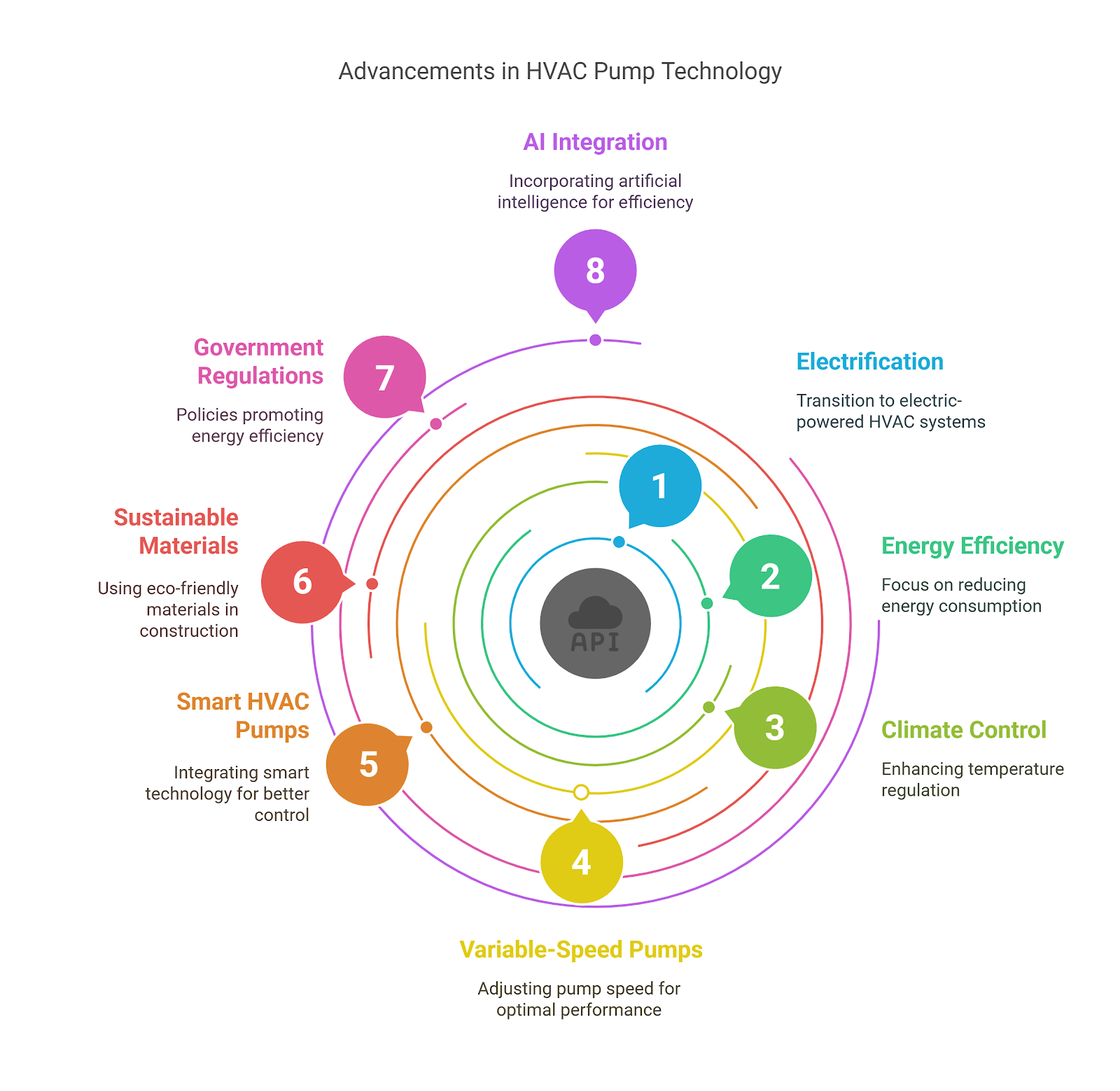Fast, Fresh & Future-Ready: How Food Vacuum Cooling Equipment is Redefining Food Safety and Efficiency
In a global food economy where freshness, shelf life, and safety are non-negotiable, vacuum cooling technology is rapidly emerging as a game-changer. Originally embraced by the bakery and produce sectors, Food Vacuum Cooling Equipment is now expanding its footprint across meats, ready-to-eat meals, and even large-scale catering. Here's why it's making waves.
What is Vacuum Cooling?
Vacuum cooling is a rapid and uniform cooling process that uses pressure reduction to force moisture to evaporate, thereby cooling the product instantly. Unlike traditional chilling methods, which cool from the outside in, vacuum cooling ensures core-to-surface temperature drop in record time, often within minutes.
Why It’s Gaining Traction
1. Speed & Efficiency
Time is everything in the food chain. Vacuum cooling can reduce cooling times by up to 90%, enabling faster processing and delivery.
2. Food Safety Compliance
With stricter global food safety norms, rapid cooling helps prevent bacterial growth, particularly in cooked or semi-cooked foods.
3. Energy & Cost Savings
Lower cooling times also mean reduced energy consumption, especially when compared to blast chilling or ice-water methods.
4. Extended Shelf Life
Faster cooling locks in freshness, minimizes microbial activity, and significantly extends the shelf life of perishable goods.
Get Sample Report@ https://www.alliedmarketresearch.com/request-sample/A122332
Applications Across the Board
-
Bakery: From artisan bread to industrial buns, vacuum cooling preserves crust texture while preventing sogginess.
-
Vegetables & Leafy Greens: Ideal for hydro-cooled produce, especially lettuce and spinach.
-
Cooked Meats & Meals: Hotels, airlines, and ready-meal producers rely on vacuum cooling to reduce HACCP-critical cooling phases.
-
Catering & Commissaries: Boosts batch turnaround speed while ensuring food safety.
Market Momentum
According to Allied Market Research, the Food Vacuum Cooling Equipment Market is on an upward trajectory, driven by global food safety awareness, demand for freshness, and automation in food processing. Growth is especially strong in Europe, North America, and rapidly industrializing parts of Asia-Pacific.
The Road Ahead: Smart, Sustainable, Scalable
The next frontier involves integrating IoT, automation, and AI into vacuum cooling systems. Smart sensors and real-time analytics could soon allow predictive cooling cycles and integration with supply chain management systems.
As food logistics evolve and demand for fresh, minimally processed food grows, vacuum cooling isn't just a niche technology—it's central to the future of food safety, sustainability, and operational efficiency.
In Summary:
Vacuum cooling equipment is no longer a luxury—it's a strategic investment. For food processors, catering chains, and supply chain managers, adopting this technology means staying ahead in a market where freshness is the new currency.


Comments
Post a Comment